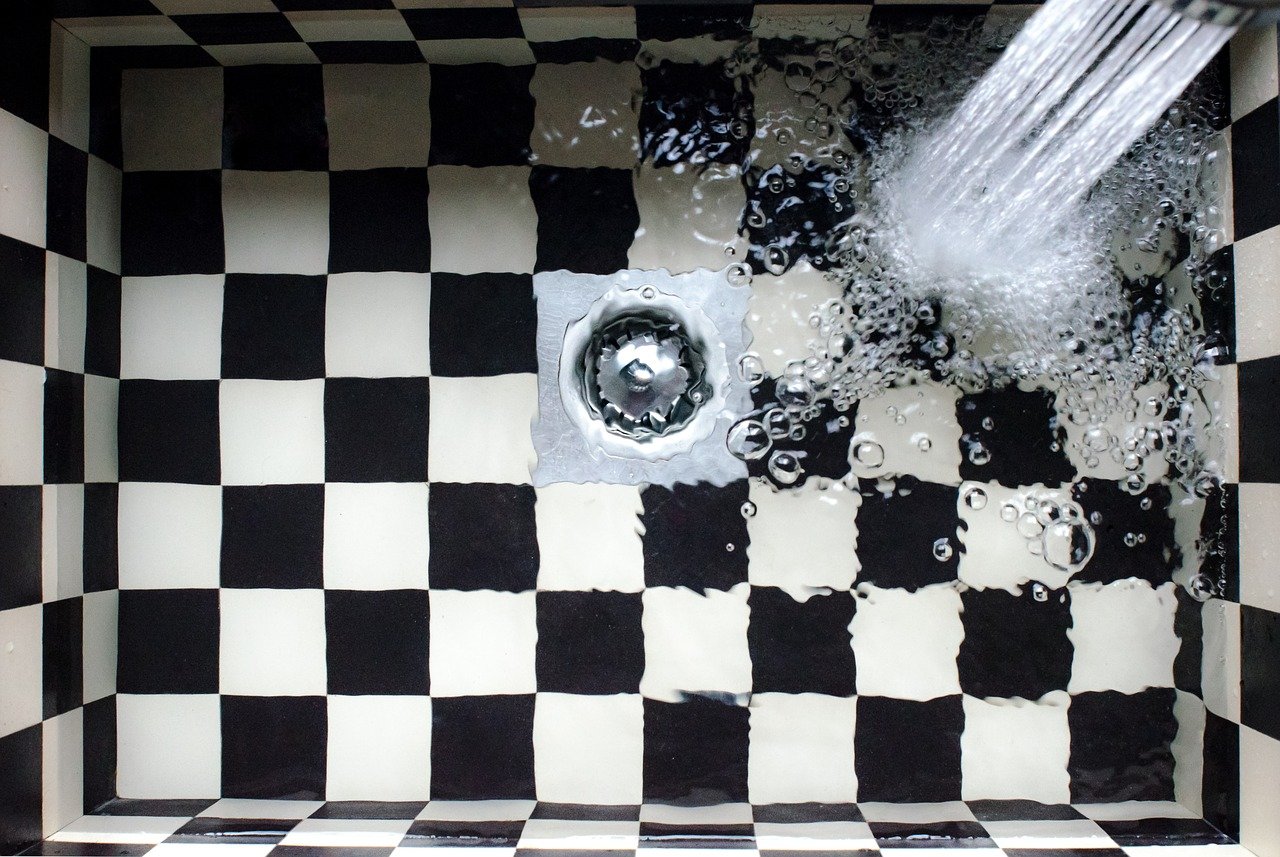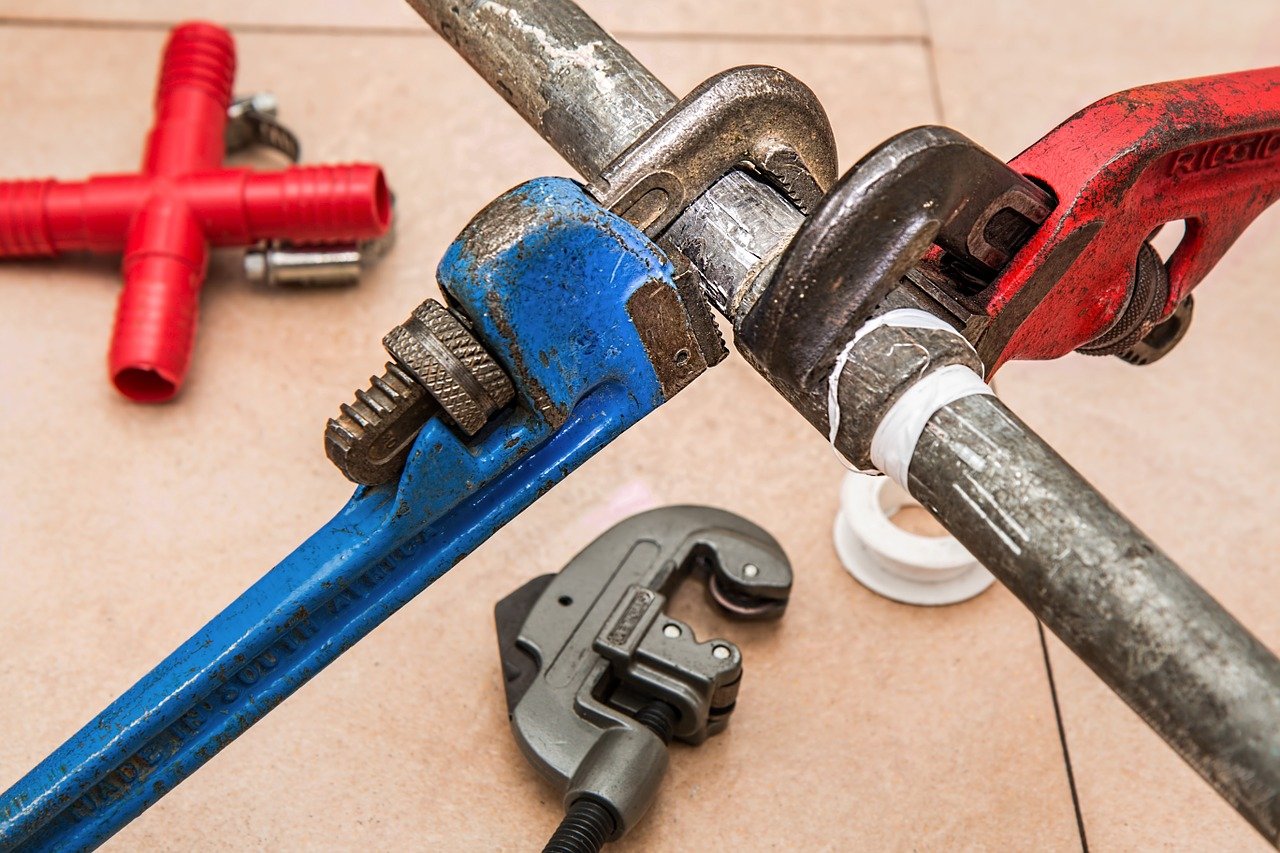
What To Do When Your Bathroom Floods With Water And Leaks Downstairs
By: 911 Water Damage Experts
Many homeowners find themselves in the unfortunate position of wondering what to do when the bath overflows with water and leaks downstairs. You may have only left it unattended for a few minutes, and, all of a sudden, you’ve got an emergency situation on your hands.
While it’s certainly important to keep an eye on a filling bathtub, there is usually a small part that keeps situations like these to a minimum: the tub overflow drain. Though, when this isn’t operating at its best, you can end up with considerable bathroom and ceiling damage.
How Does a Bath Overflow Drain Work?
You may be hearing about a bath overflow drain for the first time, but this little bathtub part proves more useful in most situations than you might think. It’s a safety fixture behind a bath overflow cover plate positioned on your tub’s front wall.
A small washer, either made of rubber or neoprene, creates a seal between the wall of your tub and the opening of the overflow drain. If water reaches the small hole in the cover plate, the overflow is drawn back down into the main drain pipe of the tub.
It all seems great in theory. You forget about your running bath, but the water never overflows. Except that it does, but why?
Common Causes of Bath Overflow Drain Issues
Sometimes, you only realize something in your house isn’t working at its best until a problem arises because it’s not working at its best. Your bath’s overflow drain is one such thing. Here are some of the most common causes of it not working correctly.
The Overflow Tube is Leaky
When you’ve left the bath running longer than you should, and water is pooling in your ceiling, it’s clear to see something has gone wrong with the overflow drain. Sometimes, it’s a simple leak that can cause so much chaos and damage.
If an overflow drain leaks, water can make its way out of the drain pipe and into your bathroom floor. Given that you’ve got a two-story home, this means it ends up in your ceiling and down into the main part of your home.
The Overflow Drain is Clogged
Plumbing never always operates perfectly – that’s why we have emergency plumbers, because things go wrong. Over time, soap scum and debris can cause a blockage in your overflow drain. It’s only when you find yourself forgetting about your bath do you discover that’s the case.
You Love Deep Soaks
There’s simply no better way to end a stressful day than with a long soak in a hot bathtub. While that’s what they are made for, you can have too much of a good thing. These deep baths can submerge your overflow plate, which can actually compromise the capacity of your drain.
Keep those long soaks to a minimum, and you may be able to reduce the risk of overflowing your bathroom and causing significant damage.
The Overflow Gasket Has Sustained Damage
Even though gaskets are incredibly strong and robust, they aren’t made to last forever. Over time, they can crack and deteriorate. When they aren’t operating at their best, water can end up escaping the overflow drain.
You’ve Left the Tub Running
We get it; life gets busy. You run a bath, then the kids need something, and you’re momentarily distracted. All of a sudden, your tub’s drain is overwhelmed, and you’ve got a flood on your hands.
Your Shower Water Runs Over the Cover Plate
If your shower water continuously runs over the cover plate, you may find yourself with an overflow drain problem. Adjust the angle, and you may be able to prevent this from becoming a problem.
What Damage Does Bath Overflow Cause?
You would be surprised at just how much damage bath overflow can do to your property. It’s the unfortunate reality of having a problem in a bathroom on the second story of a home.
When caught early enough, your problem could be as small as wet floors and warped baseboards. Though, it could be as severe as the following:
-Bathroom flooring damage
-Ceiling stains
-Warped ceiling tiles
-Overhead wiring and electrical problems
-Mold and bacterial growth
-Ceiling and wall staining
-Wood framing and drywall structural damage
Help! My Ceiling is Leaking; What Do I Do?
You might be pretty handy with tools and a paintbrush, but a significant water problem leaking into your ceiling is not usually a DIY undertaking. Instead, it can require the assistance of a water damage restoration expert.
This is especially true if you discover that your ceiling is sagging, or part of it appears to have collapsed or sustained significant damage. If you rent an apartment, alert your upstairs neighbor and contact your landlord immediately. If you own your home, take immediate action by phoning the experts.
I’ve Overflowed My Bath, What Should I Do Now?
That sinking feeling of discovering your bath is overflowing is never a nice one. Fortunately, you can take swift action to get to the root of the problem. You may be able to take care of the issue yourself, or you may decide to contact a water damage company. We recommend the latter.
1. Take Off the Cover Plate
Once you’ve identified that you’ve got a problem with your overflow drain, unscrew the cover plate. Once it’s off, take out the overflow drain assembly, as well as the plug, and look for any damage.
2. View All Components
Inspect the entire assembly and look for signs of clogging and corrosion. Check if the assembly is loose. If you notice any damage, such as a worn gasket or corrosion, you’ll need to replace it.
3. Remove the Gasket
Arm yourself with needle-nose pliers and remove the overflow gasket from the pipe flange if it appears damaged. Clean the flange and surrounding areas with rubbing alcohol.
4. Insert a New Gasket
Use plumber’s faucet grease to lubricate a new gasket and position it over the pipe flange. Make sure the thickest side is on the bottom. You can then ease it around the overflow drain pipe’s opening. Ensure that it’s securely against the flange and allow it to set.
5. Put the Cover Plate Back On
With your repairs now complete, put the cover plate on while ensuring the overflow hole is at the bottom. Tighten each screw a little at a time.
6. Bring in the Experts for Repairs
If your bathroom and ceiling have suffered from extensive damage, it’s time to bring in the experts. Contact a professional water damage restoration company that can have your ceiling and bathroom looking as good as new once more.
If you have any questions, feel free to contact us at 1-833-WE-DRY-IT anytime, all the time 24/7/365. Or feel free to chat with us in near real time on our Facebook fan page.



